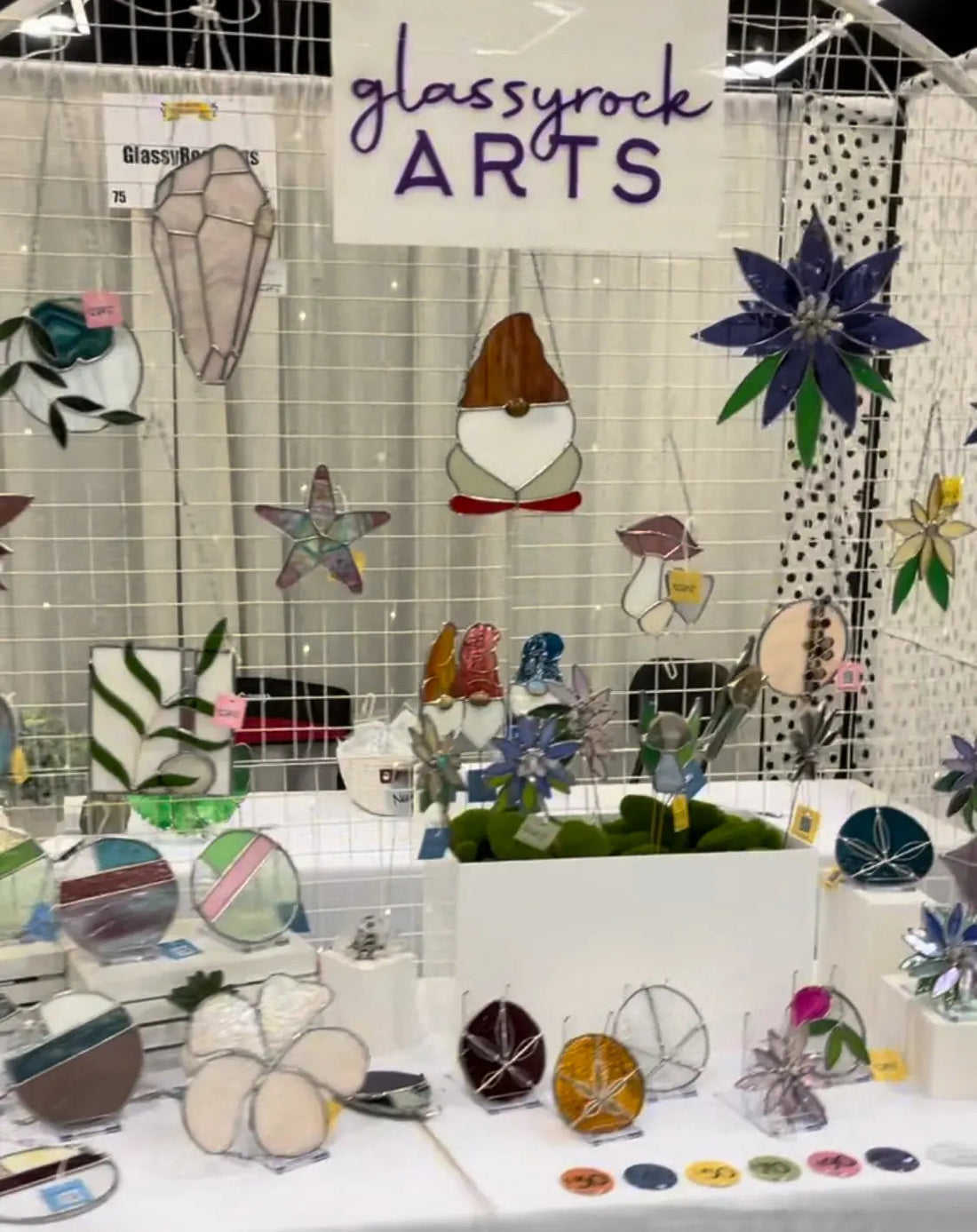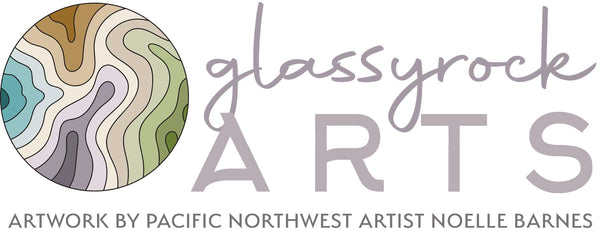
How to Turn Your Stained Glass Hobby into a Side Business
For many stained glass artists, what starts as a hobby can turn into a fulfilling and (hopefully) profitable business. Whether you want to sell finished pieces, custom commissions, or even stained glass patterns, there are multiple ways to monetize your passion. In this guide, I’ll walk you through pricing, selling, marketing, and building a successful stained glass side business.
Step 1: Deciding What to Create and Sell
Stained glass businesses can take many forms, but it's really important to consider what customers are looking for, not just what you want to make. Do some research first on Etsy and on Google Ads, for example, to find the keywords that are most popular - and then try to create artwork that will sell to those customers. As for what to sell, some ideas include:
-
Finished stained glass art – Panels, suncatchers, and decorative pieces created by you "on spec," meaning that you don't yet have a customer for the piece but you hope to.

- Custom commissions – Personalized stained glass pieces for customers who have already paid you up front for a portion of your costs.
- Patterns and templates – Selling patterns for DIY artists.
- Kits and supplies – Offering comprehensive kits with materials and instructions, for various skill levels.
Step 2: Pricing Your Work
Pricing your stained glass pieces correctly ensures that your business is profitable while remaining competitive. I'm not going to lie - this is tricky! You need to be paid for your time, skill, materials, overhead costs, and then have some profit on top of all that:
- Material Costs – Include the cost of glass, foil, solder, and tools.
- Time and Labor – Calculate the hours spent designing, cutting, assembling, and finishing a piece. How much should you be making an hour? We'd all like to think we're worth a lot (and we are!), but we also have to consider market pricing and other costs too.
- Overhead - Figure out how much your basic costs of workplace survival are (heat, rent, electricity, wifi) and build that into your labor costs if you can.
- Market Pricing – Research competitors’ prices to stay competitive.
- Profit Margin – Add a reasonable markup to sustain your business; keep in mind that most retailers will add anywhere from 60 to 100% on top of their item costs in order to keep margins at a level where they can pay for the other items (time, labor, overhead).
Step 3: Where to Sell Stained Glass

There are several ways to sell st
ained glass pieces:
- Online Marketplaces – Etsy and eBay allow you to reach a broad audience; Amazon Handmade has a huge audience but can be overwhelming. If you want to create your own website, look to Shopify (you're using it right now!), Wix, Squarespace, or other easy-to-use websites. NOTE: using only one marketplace is not recommended, as they can sometimes do something crazy and shut you down for essentially no reason. Always have a back-up plan.
- Local Craft Fairs & Artisan Markets – Great for connecting with customers in person. Start small and local and work up to the big shows as you have more confidence in your booth presentation and customer base.
- Commissioned Work – Custom orders for homes, churches, and businesses. Let people find you by making it clear you offer this service on your website, on social media, or on marketplaces.
- Social Media Sales – Platforms like TikTok, Instagram and Facebook Marketplace can help sell your products directly to customers.
Step 4: Marketing Your Stained Glass Business
To attract customers, focus on branding and marketing strategies:
- Create a Strong Online Presence – Set up a website or Etsy store.
- Use Social Media – Share your work on Instagram, Pinterest, and Facebook.
- Engage with the Community – Join stained glass groups and forums.
- Offer Promotions & Discounts – Encourage repeat customers.
- Conclusion
Turning your stained glass hobby into a business takes effort, but with the right strategy, it can be both creatively and financially rewarding. If you’re ready to start selling, check out my business resources for more guidance.
